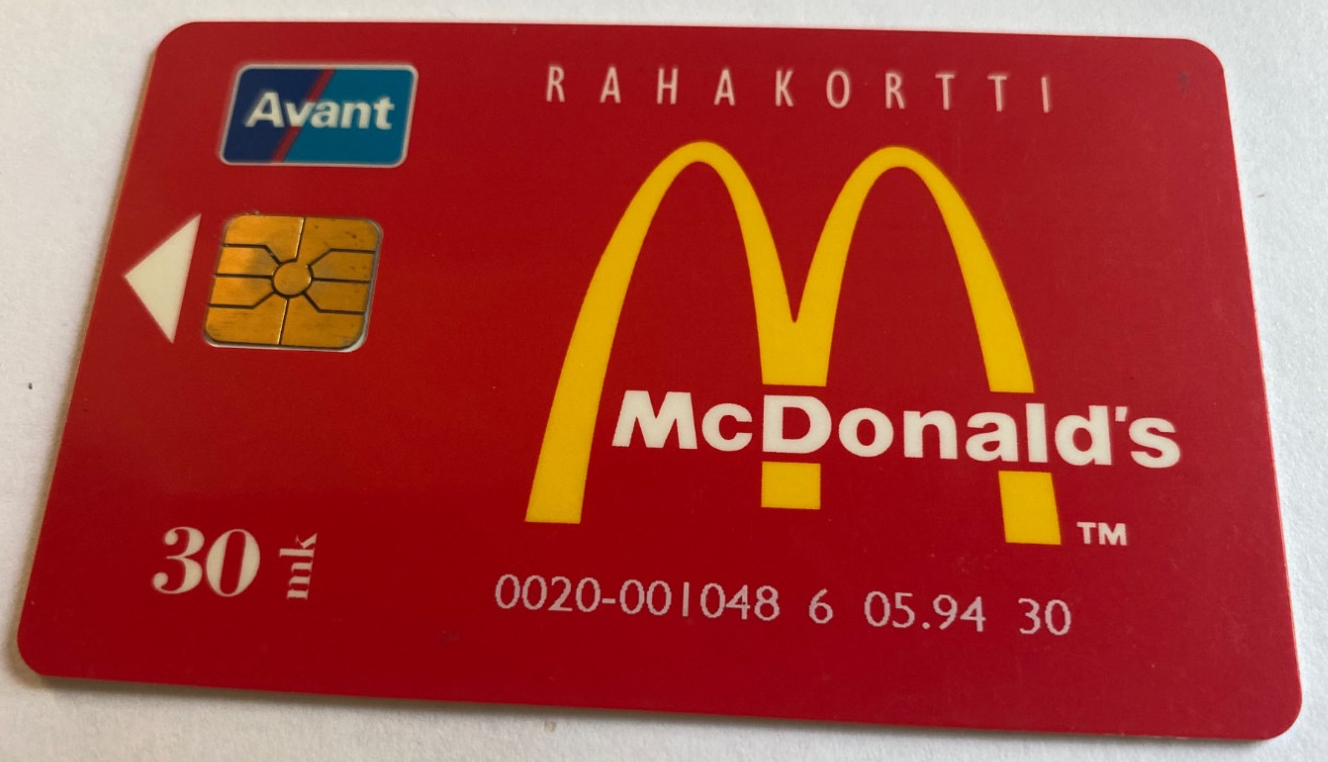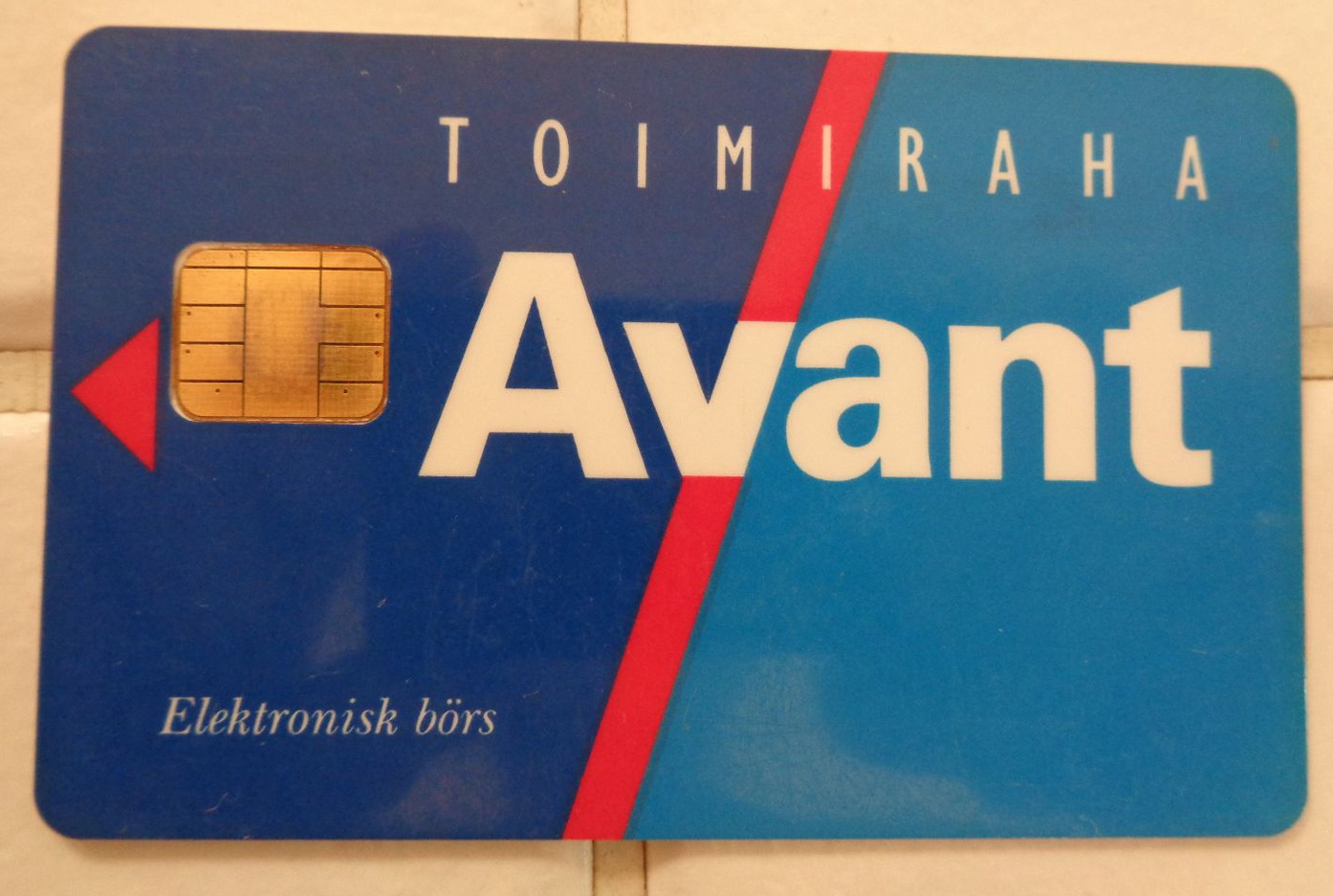In the ever-evolving landscape of financial technology, the Sand Dollar has emerged as a transformative force, reshaping the way transactions are conducted in the digital realm. This digital currency, pioneered by the Central Bank of The Bahamas, has revolutionized the payment process, rendering it seamless, secure, and efficient. This article delves into the intricate history of Sand Dollar, exploring its inception, evolution, and the profound impact it has had on the world of digital payments.
Genesis of Sand Dollar:
The genesis of Sand Dollar can be traced back to the Central Bank of The Bahamas, which recognized the need for a modernized and inclusive payment system. With a vision to foster financial inclusion and promote a cashless society, the Central Bank embarked on a journey to create a digital currency that would transcend traditional barriers.

The Secure Tokenized Environment:
Sand Dollar transactions unfold in a secure tokenized environment, wherein the digital currency is accessed through mobile phones or dedicated point-of-sale terminals deployed by businesses and other entities. This innovative approach ensures the security and integrity of each transaction, laying the foundation for a robust and tamper-proof digital payment system.
The Payment Process:
At the heart of Sand Dollar’s efficiency lies its streamlined payment process. Utilizing QR codes generated on the payer’s digital Sand Dollar Card or mobile device, the payment process unfolds effortlessly. In-person payments manifest in three distinct forms, providing users with flexibility and convenience:
Static QR Code Payment: Users can scan the payee’s static QR code and manually enter the required amount on the subsequent screen.
Dynamic QR Code Payment: Alternatively, a scan of the payee’s dynamic QR code, embedded with the specified amount, streamlines the process. The payer confirms the transaction on the next screen.
Sand Dollar Unique Handle Payment: For added convenience, users can transmit the payment amount directly to the payee using their Sand Dollar unique handle, alias, or address.
Batch Transactions Processing:
One of the pivotal features of Sand Dollar is its capability to facilitate batch transactions processing. This functionality is particularly advantageous for high-volume originators of mobile payments, such as payroll, social assistance, and other purposes. Government entities, the National Insurance Board (NIB), and private businesses can leverage Sand Dollar Infrastructure and platforms developed by Payment Service Providers (PSPs) to process batch transactions. This mirrors the batch transactions currently processed through the Automated Clearing House (ACH), but with a groundbreaking twist – settlements occur in digital currency.
The Future Implications:
As Sand Dollar continues to gain traction, its future implications are profound. The digital currency’s success in The Bahamas serves as a testament to the feasibility and benefits of embracing digital payments on a national scale. The Sand Dollar ecosystem has the potential to inspire other nations to embark on similar ventures, fostering financial inclusion and propelling economies into the digital age.
The history of Sand Dollar unfolds as a narrative of innovation, vision, and adaptability. From its inception as a solution to modernize the payment landscape in The Bahamas to its role in shaping the future of digital transactions, Sand Dollar stands as a beacon of progress. As the world witnesses the unfolding saga of digital currencies, the Sand Dollar serves as a compelling example of how technology can redefine the foundations of finance, one secure and efficient transaction at a time.



